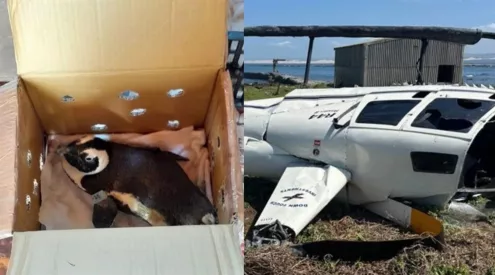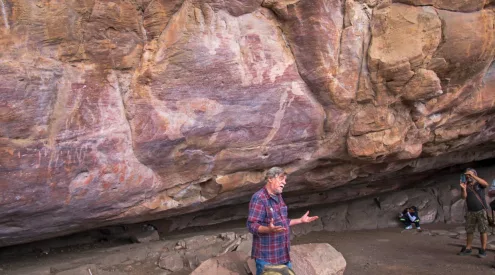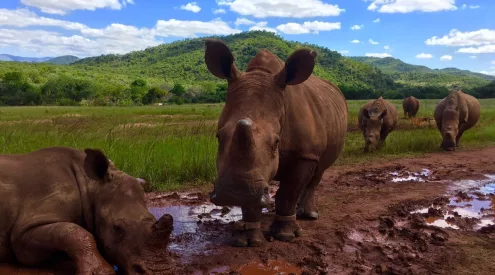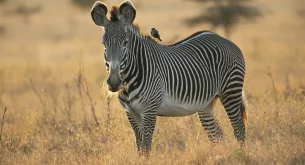In a move that sounds like it’s straight out of a science fiction novel, Colossal Biosciences — a Texas-based genetic engineering company — has unveiled three genetically engineered wolf pups bearing a striking resemblance to the legendary dire wolf.
Once thought lost to the Ice Age, this apex predator now has living proxies, thanks to a combination of ancient DNA analysis and cutting-edge CRISPR gene-editing technology, as reported by AP News.
ALSO READ: The world’s best destinations for street art
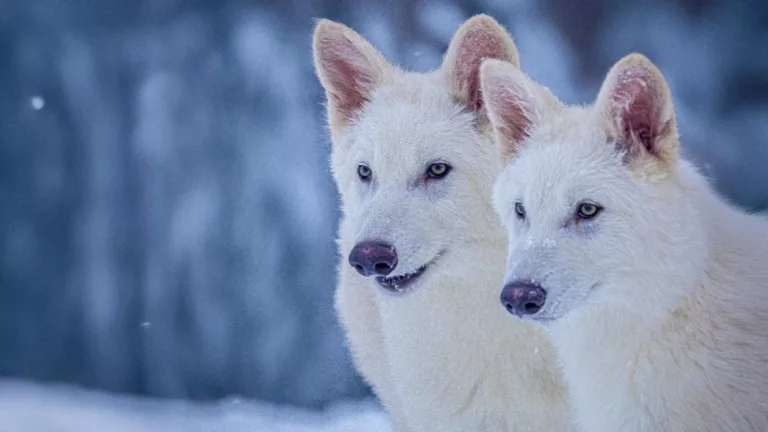
Picture/AP News
These young wolves, currently between three and six months old, sport long white fur and broad muscular jaws and already tip the scales at around 80 pounds. By adulthood, they are expected to reach nearly 140 pounds — significantly larger than today’s average gray wolves.
The team at Colossal began by extracting and analyzing fossilized dire wolf DNA. From there, they pinpointed 20 key genetic sites responsible for physical traits that defined the species. These gene edits were introduced into gray wolf cells, which were later inserted into dog egg cells. The embryos were carried by domestic dog surrogates, leading to the birth of the dire wolf-like pups now captivating scientists and science lovers alike.
Although the animals bear the look of dire wolves, they do not carry the same learned behaviours or ecological imprint as their extinct ancestors. As such, they aren’t exact replicas but rather living tributes — engineered with precision and possibility. It’s part of Colossal’s broader vision of “de-extinction,” which also includes headline-grabbing projects to resurrect the woolly mammoth and the dodo.
The implications are vast. While some celebrate this breakthrough as a sign of what science can achieve in conservation, others urge caution. Reintroducing species — even partially recreated ones — into modern ecosystems poses a myriad of ethical, environmental, and logistical questions. How do they behave? What role do they play? Can they integrate, or might they disrupt?
Yet, Colossal insists its goal isn’t to turn the world into a real-life Jurassic Park but to use synthetic biology for ecological restoration. A recent side project by the company included cloning four red wolves, aiming to diversify and protect the genetics of one of America’s most endangered canids.
U.S. Secretary of the Interior Doug Burgum hailed the development as a “thrilling new era of scientific wonder,” and it’s not hard to see why. The fusion of ancient biology with futuristic science captures the imagination — and may one day play a pivotal role in how we tackle biodiversity loss and climate challenges.
For wildlife lovers, science buffs, and those who find adventure in the blurred lines between past and future, the return of the dire wolf opens up a new frontier. If you’ve ever imagined walking through a forest where Ice Age creatures roam once more, science just took one step closer to that reality.
Follow us on social media for more travel news, inspiration, and guides. You can also tag us to be featured.
TikTok | Instagram | Facebook | Twitter
ALSO READ: Embracing nature in the North West province


